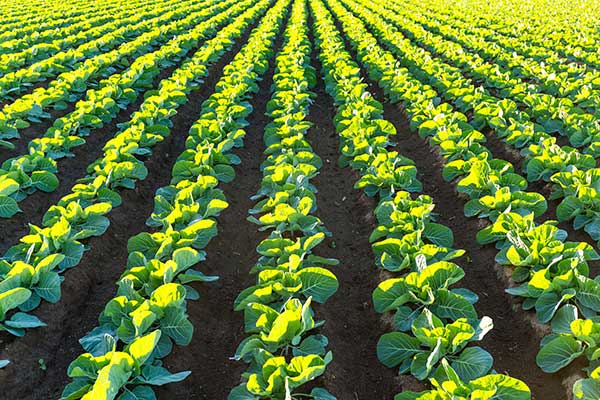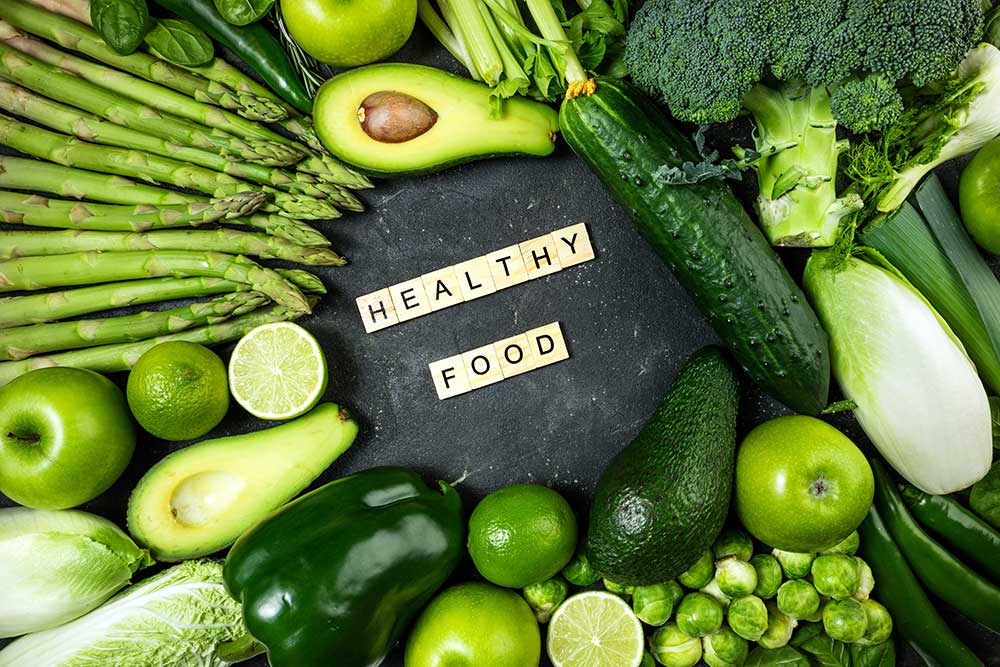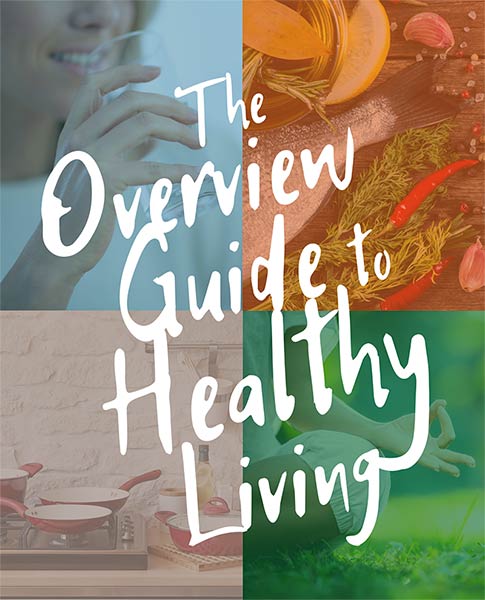The Golden State is renowned for its beautiful sceneries, Silicon Valley and tech industry, and rich and complex food politics. California uses only 1% of US farmland, yet it provides 50% of the country’s fruits, vegetables, and nuts and 20% of its dairy (California Department of Food and Agriculture, 2023). California is also a leading producer of chickens, eggs, cattle, goats, sheep, and turkey (Focus on Livestock in California | USDA Climate Hubs, n.d.). From fighting a catastrophic hunger crisis to wrestling with the challenges of feedlots and the influence of food lobbyists, the state is at the forefront of shaping the nation’s food landscape (Hirsch, 2021). In this blog post, we’ll explore California’s multifaceted world of food politics and its impact on the lives of its residents and the nation.
Californians have an extensive network of farms, processing plants, and distribution channels. Ensuring the food supply’s safety is a top priority and a monumental task. California has stringent food safety standards, such as the California Leafy Greens Marketing Agreement, that aim to minimize the risk of contamination (Food Safety Program, 2022). These standards are essential for public health, but these regulations pose challenges for small-scale farmers who must navigate complex compliance requirements. Local communities can be crucial in supporting food safety and small-scale farmers. Farmers’ markets have an incredible impact on local communities: they provide access to fresh food products and create awareness of sustainable agricultural practices. At the same time, consumers can establish direct connections with producers, gaining insights into their practices and fostering a sense of trust (Warsaw et al., 2021).
With such a vast and diverse agricultural sector, balancing the economic benefits of large-scale feedlots with animal welfare and environmental concerns is a constant challenge (Favre, 2022). Local communities near feedlots grapple with issues like water pollution. In 2012, California became the first state to declare access to water a human right, yet many communities still struggle to ensure their residents don’t go without (Delgado, 2022).

The ethical treatment of animals is also a significant concern. California’s feedlot regulations aim to strike a balance, ensuring economic viability and environmental sustainability. In 2018, Californians voted yes on Proposition 12, passing a law requiring pregnant sows to be raised in at least 24 square feet of space and banning standard gestation crates in the pork industry. This was an incredible win for animal welfare advocacy groups, showing how citizens can unite to influence feedlot regulations, emphasizing the importance of responsible livestock farming practices (Liptak, 2023).
Food equity, a central concern in California’s food politics, is the concept that all individuals, regardless of socio-economic status, race, or geographic location, should have access to fresh, healthy, and culturally relevant food. Unfortunately, this ideal is far from reality for many Californians, and food deserts—areas where residents lack access to affordable, nutritious food options—are a glaring problem. Food deserts are more prevalent in low-income neighborhoods, predominantly inhabited by minority communities. Residents of these areas often rely on convenience stores or fast-food outlets for their meals, resulting in poor dietary choices and adverse health outcomes (The California Wellness Foundation, 2019).
Food equity is intricately linked to socio-economic factors. Low-income individuals and families frequently face financial barriers that limit their ability to purchase fresh fruits, vegetables, and other healthy foods. The cost of living in California, particularly housing and healthcare expenses, can leave little room in the budget for nutritious groceries. Food equity also involves recognizing the importance of culturally relevant food. For many immigrant communities in California, traditional foods are a source of sustenance and a vital part of their cultural heritage. Ensuring access to these foods is a matter of cultural preservation and justice (Lunsford et al., 2021).
In response to these challenges, Californians have been at the forefront of community-driven initiatives that promote food equity. Urban gardens, community-supported agriculture programs, and farmers’ markets in underserved neighborhoods are all examples of grassroots efforts to increase access to fresh, locally sourced produce (Diekmann et al., 2020). Policy advocacy plays a crucial role in addressing food equity issues. California residents and organizations are pushing for policies that support affordable housing, increase the minimum wage, and strengthen the social safety net. These efforts recognize that achieving food equity requires a holistic approach to addressing poverty and inequality’s root causes (CalMatters, 2022).

Food equity is not just about access to nutritious food; it’s about justice and fairness in the food system. Californians are actively creating a more equitable food landscape by supporting community initiatives, advocating for policy change, and raising awareness about the stark nutritional disparities that persist in the state. By acknowledging the importance of food equity and working collectively to dismantle barriers, California can move closer to a future where everyone has equal access to nourishing food for a healthier life (LA BOS, n.d.).
Food politics in California are complex, reflecting the state’s diverse agricultural landscape and the intersection of economic interests, public health, and environmental concerns. Whether it’s championing food safety, navigating the challenges of feedlots, or advocating for food equity, Californians play a pivotal role in shaping the future of food. Responsible citizens can engage with our local and state food systems. These support initiatives prioritize sustainability and equity and stay informed about the decisions impacting our plates and communities. In doing so, we contribute to a healthier, more just, and more sustainable food landscape in the Golden State and beyond.
References
- California Department of Food and Agriculture. (2023). CDFA – California & 2023 Farm Bill. https://www.cdfa.ca.gov/Farm_Bill/
- CalMatters. (2022, July 8). About us – CalMatters. https://calmatters.org/about/
- Delgado, R. (2022). In California, where water is a human right, some communities still go thirsty. PBS NewsHour. https://www.pbs.org/newshour/nation/%E2%80%8Bin-california-where-water-is-a-human-right-some-communities-still-go-thirsty
- Diekmann, L., Gray, L. E., & Thai, C. L. (2020). More than Food: The social benefits of localized urban food systems. Frontiers in Sustainable Food Systems, 4. https://doi.org/10.3389/fsufs.2020.534219
- Favre, D. (2022). Supreme Court grapples with animal welfare in a challenge to a California law requiring pork to be humanely raised. PBS NewsHour. https://www.pbs.org/newshour/politics/supreme-court-grapples-with-animal-welfare-in-a-challenge-to-a-california-law-requiring-pork-to-be-humanely-raised
- Focus on livestock in California | USDA climate hubs. (n.d.). https://www.climatehubs.usda.gov/hubs/california/topic/focus-livestock-california
- Food Safety program. (2022, April 29). California Leafy Greens Marketing Agreement. https://lgma.ca.gov/food-safety-program
- Hirsch A. (2021). LAF Fellowship Spotlight: A Landscape Ethic for the San Joaquin Valley. Landscape Architecture Foundation. https://www.lafoundation.org/news/2021/05/laf-fellowship-spotlight-alison-hirsch
- LA BOS. (n.d.). LA BOS. https://foodequityroundtable.lacounty.gov/
- Liptak, A. (2023, May 11). Supreme Court upholds California law on humane treatment of pigs. The New York Times. https://www.nytimes.com/2023/05/11/us/supreme-court-california-pigs.html
- Lunsford, L., Arthur, M. L., & Porter, C. (2021). African and Native American foodways and resilience: From 1619 to COVID-19. The Journal of Agriculture, Food Systems, and Community Development, 1–25. https://doi.org/10.5304/jafscd.2021.104.008
- The California Wellness Foundation. (2019, November 6). Transforming Food Deserts: A Food Justice Tour of South Los Angeles – The California Wellness Foundation. https://www.calwellness.org/stories/transforming-food-deserts-a-food-justice-tour-of-south-los-angeles/Warsaw, P., Archambault, S., He, A., & Miller, S. (2021). The Economic, Social, and Environmental Impacts of Farmers Markets: Recent Evidence from the US. Sustainability, 13(6), 3423. MDPI AG. Retrieved from http://dx.doi.org/10.3390/su13063423

